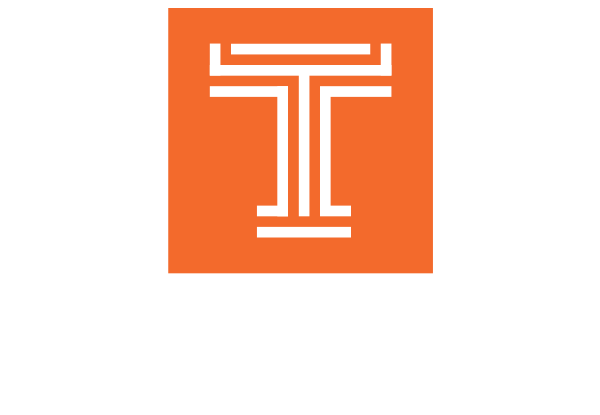As a physiotherapist I pride myself in giving my patients the very best in rehabilitation, injury prevention, and performance based treatment. However, I often find patients don’t always know what this looks like. So what does good treatment look like when it comes to physiotherapy? What should you expect from your physiotherapist to help you achieve your movement/health goals?
I would argue that there are three things which make for good, effective treatment:
1. Education
2. Hands on care
3. Exercise
Education – More important than you might think!
As a physiotherapist, I am privileged to have people entrust me with their bodies, and ask for guidance in their time of need. This starts with education on their pain, injury or performance needs (basically whatever brought them in for help). At very least education should give you an idea of what you can do, what you might want to minimize in the short term, and how to help yourself move forward. Education should also encourage and empower you with the knowledge that your efforts will get you better – as a physiotherapist I see myself as the guide in this process of getting you better.
Not all education is created equal! There is evidence that poor education does not enhance recovery (ref, ref), while positive and encouraging education improves patient satisfaction and recovery (ref, ref). With this in mind, make sure that the education you get from your health practitioner doesn’t scare you. If it does let them know, and talk more about it. Your recovery will go much better if you are not scared of moving.
Hands on care – To get you moving better!
If education instills knowledge and hope, then hands on therapy can show you that this hope can be a reality. Possibly most important of all in hands on care is the use of test re-test approach to show your that your pain or symptoms can be improved (i.e. some movement hurts to start and then doesn’t after hands on treatment). This shows you that you can get better! And most often, get better fast!
So what does hands on care look like? In physiotherapy it takes the form of soft tissue work, moving joints, stretching, and things like IMS or dry needling to help you move better and have less pain… What about those “tingly machines” (TENS and IFC) or “magic wands” (Ultrasound) you ask? They maybe helpful early on if the pain is very intense, but this should be a very small part of good treatment, and should give way to a focus on movement and exercise as quickly as possible. In my experience it is rare that we need these machines, and most often we can find away for a movement to help ease your pain and symptoms. Hands on care helps identify what movements those might be.
You also might be asking, why does hands on care (like massage or chiropractic) take away your pain for a while, but then it comes back again? We know that the affects of hands on care are only temporary (between 5 minutes and 24 hours; ref), but the realization that your pain and symptoms can improve quickly can last much longer. This is obviously intoxicating for both patients and therapists, and can become the focus of treatment in some cases. But our goal is lasting change, which means we can’t just stop at hands on care. It is really combining education, hands on care and exercise that is the “secret sauce” to making things stick long term.
Exercise – For lasting change!
Exercise is medicine!... and if was in pill form, everyone would be taking it three times daily! In rehabilitation exercises is the thing that changes pain, injury, and performance long term. It helps rebuild your body tissues, improve your heart and lungs, improve your strength, and just as importantly helps you build confidence in your body and movement again. Physical therapy sessions should always include exercise! It is the part of your treatment that will make a lasting change. And most important is that you can do it yourself, and what better gift is their in this process than knowing how to improve pain, injury and performance yourself. This is where your physiotherapist guides you when and how to push into things, and when to pull back.
The end goal of physiotherapy is to providing you with the tools and knowledge to achieve your goals, move better again, and lead strong, happy, and healthy lives. All our physiotherapists at Tall Tree are here to help you in this way. So if you have any nagging pains, acute injuries, challenges returning to the active things you love to do in life, or just want to improve your performance and movement, give us a call and let’s get started today!
So what is good treatment? An encouraging mix of education, hands on care, and exercise designed to allow you to develop independence and demonstrates that your efforts will turn the tide towards recovery and away from injury and pain. Obviously, these elements will be mixed together differently for each patient, as well as through your treatment, but without each aspect involved your care could be better. And you deserve not just good, you deserve the best!
Move. Improve. Live life to the fullest.
Written by
Curtis Tait, BSc, MPT, DPT, IMS
Doctorate of Physical Therapy


